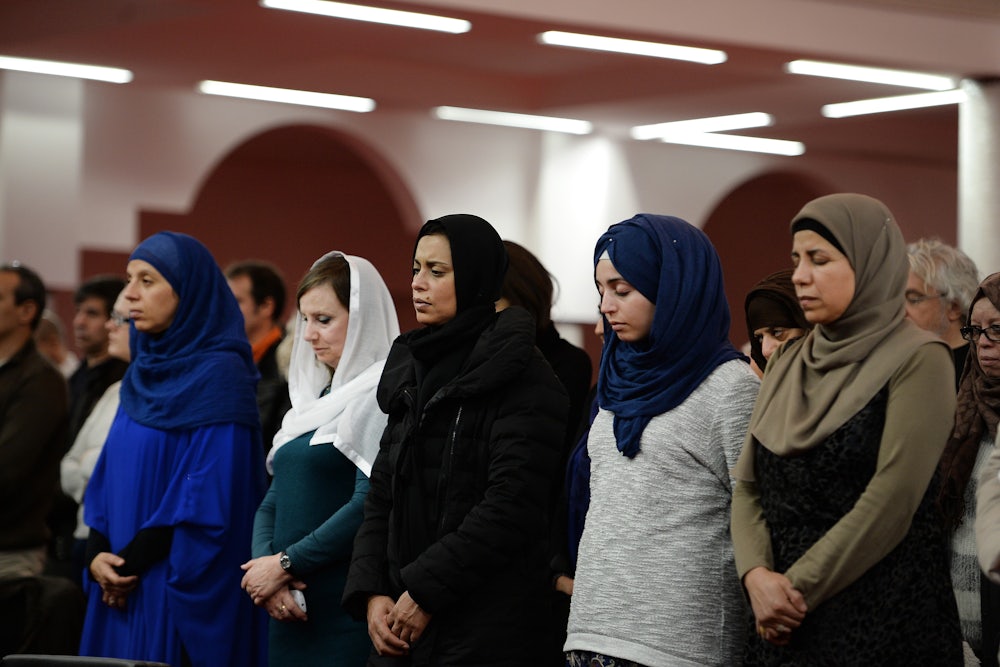In an interview with the New Republic, Mona Kafeel, chief operating officer of the Texas Muslim Women’s Foundation, an organization offering financial assistance and a domestic violence shelter to Muslim and non-Muslim women, explained why anti-Muslim discrimination incidents tend to concentrate on Muslim women.
We hear of quite a few [incidents of anti-Muslim discrimination] on an everyday basis. A few friends of mine have stopped wearing their headscarves, they are so afraid. ... It is definitely targeted toward people who wear scarves. It’s something you can see from far away. I have colleagues who, when they drive around, are scared to stop at a red light, because people make all kinds of gestures.
Visibly religious Muslim women are set aside and targeted. Mostly women are being targeted, I haven’t come across any men—yet.
It’s a sadly simple equation: if someone angry about Islamic extremism goes looking for a representative person to harass, or becomes irate in the presence of such a person, the odds are the recipient of the abuse will be someone easily visibly identified with Islam. While some Muslim men do dress and style their hair in ways that suggest their faith, beards and foreign dress have not achieved the symbolic status of headscarves in the West, which have been subject to bans internationally. Perhaps this is why so many incidents of anti-Muslim violence involve Muslim women and girls having their headscarves pulled or torn off.
